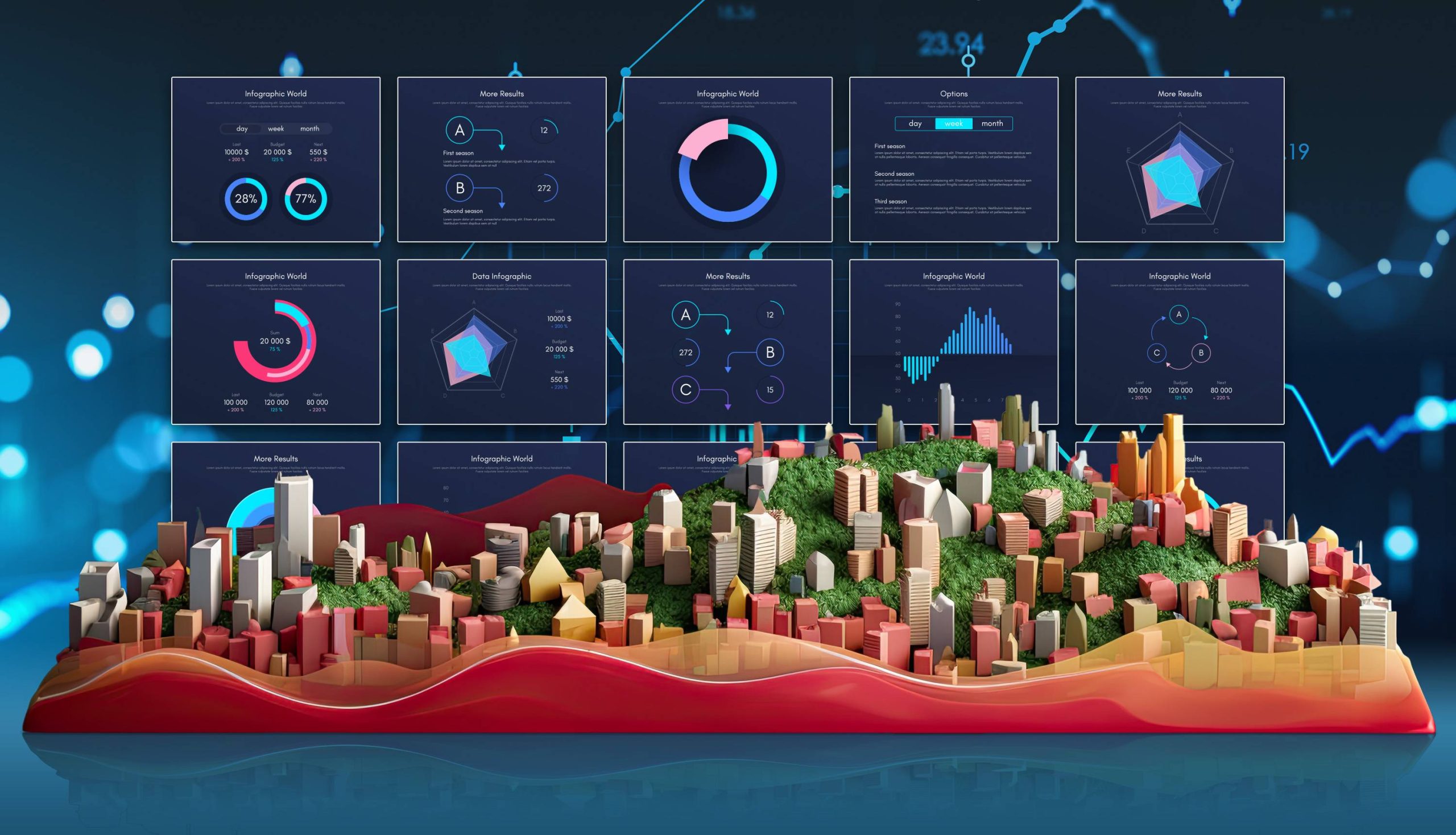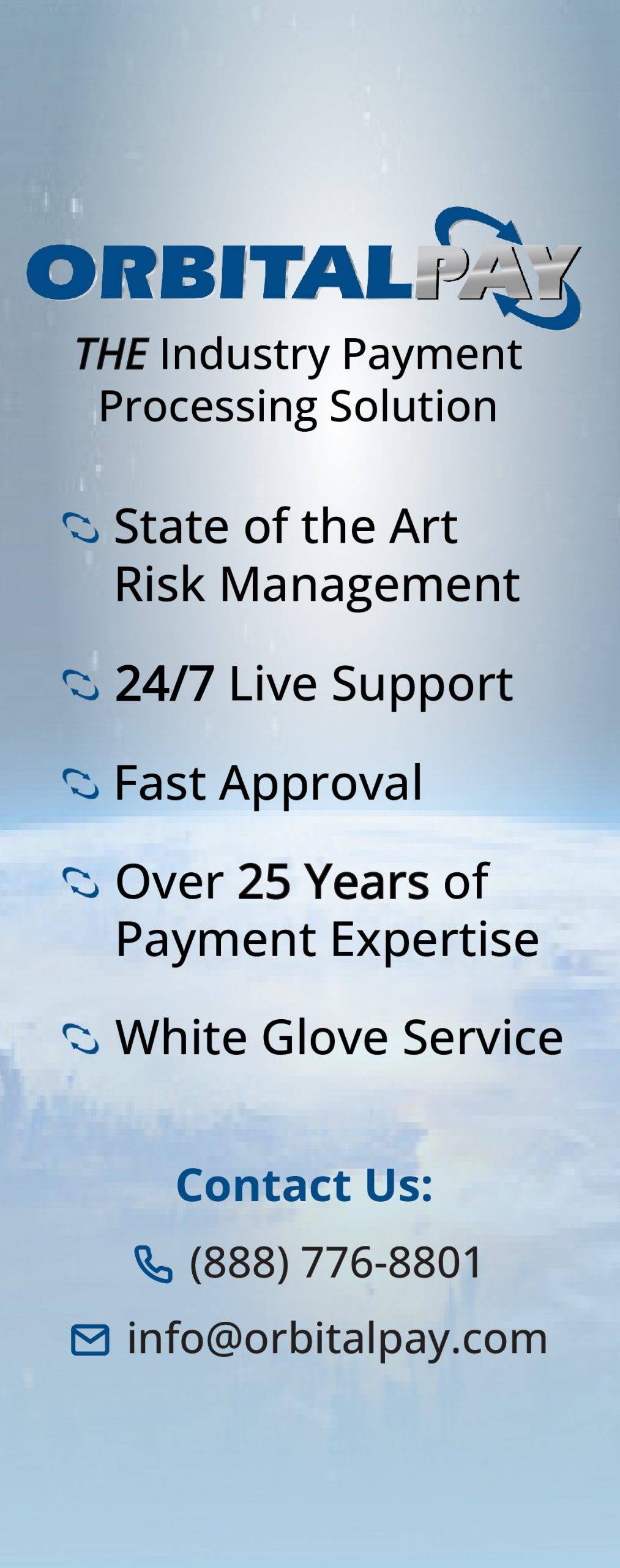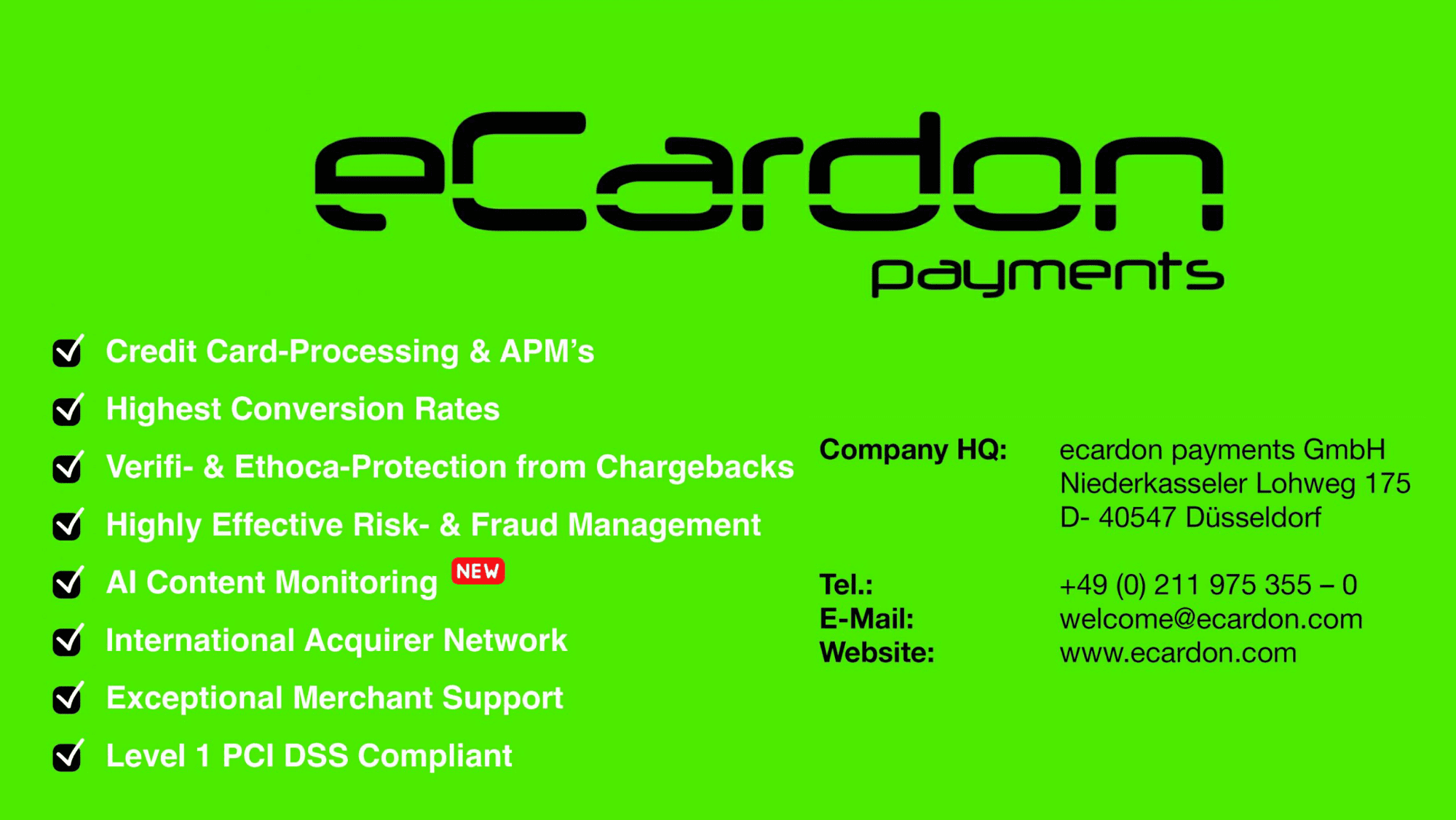
How to Use Predictive Analytics to Tap Into the Routines of Your Customers
IN today’s fast-paced digital landscape, businesses are increasingly harnessing the power of predictive analytics to gain a competitive edge. Among the myriad applications of this cutting-edge technology, one area that stands out is understanding customers’ routines.
Predictive analytics empowers companies to decipher their target audience’s patterns, preferences, and behaviors, allowing them to predict future actions and requirements accurately. Businesses can personalize experiences, streamline marketing efforts, and optimize product offerings tailored to customers’ routines by leveraging vast amounts of data, from online interactions to purchase history.
1. Collect Relevant Customer Data
Businesses must gather comprehensive and relevant data to effectively tap into customers’ routines. This entails collecting information from various sources, such as website interactions, purchase history, social media engagement, and customer feedback. Utilizing data analytics tools, companies can transform raw data into valuable insights, understanding customer preferences, habits, and patterns.
By amassing this wealth of information, organizations can create a solid foundation for predictive analytics models, enabling them to forecast future behaviors accurately. However, it is crucial to prioritize data privacy and security, ensuring that customer information is handled ethically and complies with relevant regulations.
2. Identify Key Customer Patterns and Behaviors
Businesses must meticulously analyze large datasets to identify key trends and behaviors. Valuable information is revealed by closely examining past interactions, purchasing patterns, browsing preferences, and social media participation. Businesses can reliably forecast future behavior by identifying repeating behaviors and routines.
Whether it’s determining the best times to reach customers, tailoring marketing campaigns to suit their schedules, or offering relevant product recommendations aligned with their routines, understanding these patterns unlocks a deeper understanding of customer needs and desires. Such insights pave the way for enhanced customer engagement, improved retention rates, and the delivery of a seamless, personalized experience.
3. Utilize Machine Learning Algorithms
These advanced analytical tools are designed to process vast amounts of data, uncover hidden patterns, and identify trends within customer behavior. By utilizing machine learning, companies can predict future actions, preferences, and purchase patterns accurately.
These algorithms evolve, continuously learning from new data inputs, ensuring that the predictive analytics remain relevant and up-to-date. Leveraging machine learning algorithms empowers organizations to make data-driven decisions, optimize marketing strategies, and deliver personalized experiences that align perfectly with their customers’ routines.
4. Segment Customers Based on Routines
Businesses can create segmentation strategies using the patterns and behaviors of their customers as a starting point. Businesses can discover client groups with similar routines by utilizing predictive analytics. Organizations can use these categories to improve marketing initiatives and streamline product offerings.
Companies may accurately adapt content and advertising by classifying clients based on their habits, ensuring that all members of the targeted segment receive pertinent information. With this strategy, customers will receive compelling messaging via many channels and enjoy a more unified experience across several touch points.
5. Predict Future Customer Actions
Leveraging predictive analytics, businesses can analyze historical customer data to identify trends and patterns. They can forecast future customer behaviors and preferences by applying advanced algorithms and statistical techniques. This insight empowers companies to anticipate customers’ needs, predict purchasing decisions, and tailor marketing strategies accordingly.
Businesses may improve customer happiness, optimize resource allocation, and gain a competitive edge in the market by anticipating and responding to customer needs. Recognizing customer behavior allows for a proactive response, building long-lasting client relationships and enhancing overall business success.
6. Personalize Marketing Campaigns
Aside from providing relevant messaging based on customer preferences, organizations can leverage predictive analytics to target individual client segments with custom-tailored content. Companies can identify clients most likely to take up certain offers through predictive marketing models.
For instance, if a business knows that customers who purchased certain products also tend to read reviews about them, it can tailor a positive campaign toward encouraging such behavior. By using this information, businesses can create a more personal experience for customers while optimizing marketing campaigns and increasing conversion rates.
7. Optimize Product Recommendations
Through predictive analytics, adult webmasters can provide their consumers with highly customized and pertinent product recommendations. The system can forecast the kinds of products or information that each particular user is most likely to be interested in by looking at previous behaviors and routines. The whole user experience is improved, and engagement and conversion rates go up because of this personalization.
Predictive analytics helps webmasters create a seamless and gratifying journey, ensuring customers find what they seek, cultivating long-term loyalty, and driving revenue development. This could involve proposing particular pornographic films, subscriptions, or products.
8. Automate Routine-Based Interactions
As the volume of data grows and client churn increases, companies can improve operations by automating routine-based interactions with customers. Predictive analytics enables companies to predict client routines and anticipate their future actions, allowing organizations to deliver a consistent, seamless experience.
Firms can dramatically increase customer satisfaction by automating routine customer interactions via live chat or multichannel messaging. Predictive analytics software uses machine learning capabilities to connect with clients based on their predicted needs or preferences. By providing automated responses that align with predicted demand, companies cultivate an engaging customer experience while reducing costs associated with manually handling routine issues and queries.
9. Track and Analyze Customer Engagement
Tracking and analyzing customer engagement is paramount to effectively tap into customers’ routines. By monitoring how customers interact with your products, services, and content, valuable insights regarding their preferences and behaviors can be gleaned. Predictive analytics allows businesses to uncover hidden patterns and trends in this engagement data, helping them understand what triggers customer actions and responses.
With this knowledge, companies can fine-tune their marketing strategies, tailor content delivery, and optimize product offerings, all while ensuring a seamless and satisfying customer experience. Tracking and analyzing customer engagement is vital in harnessing predictive analytics’s power to deepen customer relationships and boost overall business success.
10. Continuously Refine Predictive Models
Markets and customer behaviors are dynamic, necessitating agile adjustments to stay ahead. Regularly updating and fine-tuning the algorithms ensures accuracy and relevance in predictions, thus yielding better insights into customers’ routines.
Businesses can maintain a competitive edge by incorporating new data, monitoring emerging trends, and adapting to changing preferences. This iterative process empowers companies to remain responsive to customer needs, enhancing the overall efficacy of their predictive analytics strategies and delivering more personalized experiences to their audience.
Final Thougthts
Leveraging predictive analytics to tap into customers’ routines is a game-changer for businesses seeking to understand and engage their target audience effectively. By analyzing relevant data, segmenting customers, and predicting future actions, companies can optimize marketing efforts and personalize experiences. Embracing continuous refinement of predictive models ensures adaptability to changing dynamics, ultimately improving customer satisfaction and loyalty. As organizations harness the power of these data-driven insights, they are poised to unlock competitive advantage, fostering lasting connections with their customers in today’s rapidly evolving digital landscape.
Preparing for the Next Stage: Career Advice for Entrepreneurs

The path of an entrepreneur is rife with excitement and satisfaction but also entails many difficulties and risks. As business owners mature, they may encounter key turning points that demand significant decisions regarding their professional growth. Launching a fresh enterprise, growing an existing one or moving into a new field requires cautious deliberation and readiness.
We will explore crucial aspects entrepreneurs should consider before jumping into the next stage of their career. By assessing their skills, setting clear goals, prioritizing continuous learning, building a supportive network, and embracing failure, entrepreneurs can position themselves for success and fulfillment in their future endeavors.
1. Assessing Current Skills and Knowledge
Evaluating current capabilities and expertise is vital for business owners looking to advance their careers. A crucial stage entails introspection, locating areas of improvement and gaining valuable insights from seasoned individuals. Let’s explore each of these aspects in detail:
Self-reflection on Strengths and Weaknesses
Personal and professional progress hinges upon self-awareness. Entrepreneurs ought to conduct an unbiased examination of their skills and limitations. Identifying their strong suits enables them to capitalize on these abilities and expand upon their current achievements. Weaknesses highlight areas in need of augmentation or backup.
Entrepreneurs can reflect on their endeavors through diverse techniques, including journaling, contemplation or seeking counsel from reliable associates. They should ask themselves questions like:
What skills do I excel at and how can I capitalize on them?
In which areas do I feel confident and competent?
What aspects of my work do I enjoy the most, and why?
Simultaneously, entrepreneurs should be honest about their weaknesses, acknowledging areas where they may need assistance or additional training:
What skills or knowledge gaps do I have?
Are there any tasks or responsibilities that I struggle with?
How can I address these weaknesses and turn them into strengths?
Identifying Areas for Improvement or Further Development:
Once entrepreneurs have assessed their strengths and weaknesses, they can identify specific areas for improvement or further development. This could involve acquiring new skills, enhancing existing ones or broadening their knowledge in specific domains.
Entrepreneurs can approach this process in several ways:
Research and Self-Study: Utilize books, articles, online courses and tutorials to acquire new knowledge or skills independently.
Formal Education: Consider enrolling in relevant courses, workshops or certification programs to gain in-depth expertise.
Skill-specific Mentors: Seek mentors or coaches who excel in the areas the entrepreneur wishes to improve. Learning from experienced individuals can accelerate skill development.
Networking with Peers: Engage with other professionals in the field, as peer interactions can lead to knowledge exchange and idea sharing.
Seeking Feedback from Mentors or Professionals:
Feedback is an invaluable tool for personal and professional growth. Entrepreneurs should actively seek feedback from mentors, advisors or experienced professionals in their industry. These individuals can provide objective insights and guidance based on their experiences and expertise.
When seeking feedback, entrepreneurs should:
Be Open and Receptive: Approach feedback with an open mind, understanding that it is intended to help them grow and improve.
Ask Specific Questions: Request feedback on particular aspects of their skills or performance, focusing on areas they want to develop.
Act on Feedback: Use feedback to make meaningful changes and improve their work or approach.
Build Strong Relationships: Cultivate strong relationships with mentors or advisors to ensure ongoing support and guidance throughout their careers.
2. Setting Clear Goals and Objectives
Without a clear direction, entrepreneurs may find themselves adrift in their careers. Setting long-term career goals is crucial for providing a sense of purpose and direction. These goals should align with the entrepreneur’s values, passions and long-term vision. Whether it’s achieving financial success, positively impacting society or pursuing personal fulfillment, well-defined objectives can be a guiding light throughout the journey.
Breaking these goals into smaller, manageable milestones is essential to make them achievable. This approach allows for a step-by-step progression and provides opportunities to celebrate successes along the way. Each milestone reached acts as a motivational force, propelling entrepreneurs closer to their ultimate objectives.
3. Continuous Learning and Skill Enhancement
The business landscape constantly evolves and entrepreneurs must stay ahead of the curve to remain competitive. Emphasizing the importance of lifelong learning is crucial for long-term success. As they consider their next career stage, entrepreneurs should explore different learning opportunities to acquire new skills and knowledge.
Attending workshops, courses or conferences can offer invaluable insights and practical takeaways. Learning from experienced professionals or experts in the field can provide a fresh perspective and innovative ideas.
4. Building a Supportive Network
The entrepreneurship journey can be lonely sometimes, but having a supportive network can make all the difference. Surrounding oneself with like-minded individuals who understand the challenges and triumphs of entrepreneurship can provide much-needed emotional and professional support.
Seeking mentors or advisors who have walked a similar path can offer valuable guidance and help entrepreneurs avoid common pitfalls. These mentors can share their experiences and impart invaluable wisdom, acting as a compass during critical decision-making moments.
Participating in entrepreneur communities or forums also offers excellent networking opportunities. Interacting with peers allows entrepreneurs to learn from others’ experiences, collaborate on projects, and foster potential partnerships.
5. Embracing Failure and Adaptability
No entrepreneurial journey is without its setbacks. Failure is a natural part of growth and a powerful learning opportunity. Rather than fearing failure, entrepreneurs should embrace it and view it as a chance to learn, adapt, and grow stronger.
Cultivating a growth mindset is vital for bouncing back from failures and setbacks. By seeing challenges as opportunities for improvement, entrepreneurs can maintain their resilience and determination. An adaptable mindset allows them to pivot their strategies or business models in response to changing market conditions or unexpected circumstances.
Preparing for the next stage of their careers is critical for entrepreneurs seeking continued success and fulfillment. Business owners can set obtainable objectives by evaluating their current expertise and awareness. By pursuing ongoing learning and developing a helpful community, they may seize chances for development. Higher levels of success in their professional path lie within reach.
As the globe undergoes rapid transformation and creativity, enterprisers who embrace development and adjustment stand out. Empowered by the correct equipment and a sturdy mindset, they will be able to fearlessly confront challenges, paving the way for a rewarding and impactful career. The journey will undoubtedly be testing, but the payoff can be priceless. So, move forward with assurance and witness your business aspirations reach unprecedented success.














